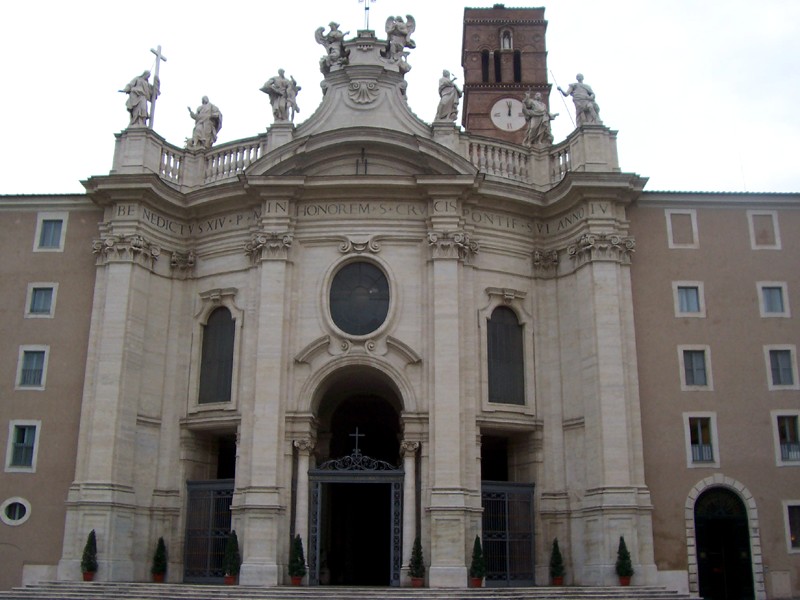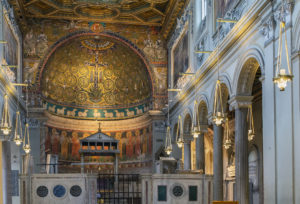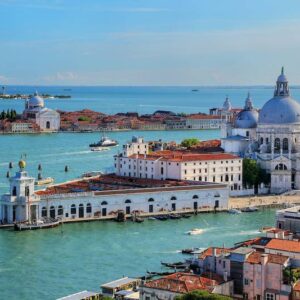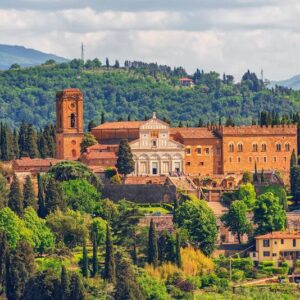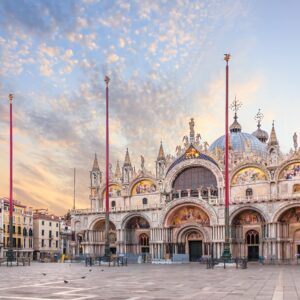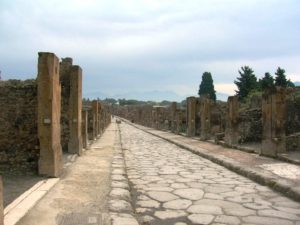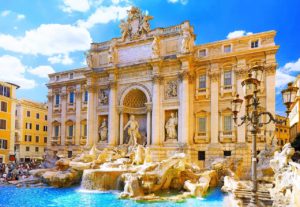Today we will speak about Christian Rome and the many testimonies and relics found in the city the you can discover with our Christian guided tour of Rome.
Surely one of the most important woman of the Christian world in Rome is St Helena the mother of the first Christian emperor, Constantine.
When her son Constantine, defeating his rival Maxentius, became absolute master of the Empire, Helena, whose honor was rehabilitated, was given the highest title to which a woman could aspire, that of ‘Augusta’. It was the beginning of a new era for Christianity: the emperor Constantine, after his victory, attributed to the protection of Christ, granted Christian’s freedom of worship.
A fundamental role was played by his mother Helena: perhaps she contributed to the conversion of her son at the point of death. Helena testified to great religious fervor, performing good works and building the famous basilicas on holy sites. She found Christ’s tomb dug into the rock, and shortly afterwards the Lord’s cross and those of the two thieves. The discovery of the cross in 326 under the eyes of the pious Helena produced great excitement throughout Christendom. These discoveries were followed by the construction of as many basilicas, one of which, on the Mount of Olives, bore his name. She died around 330, in an uncertain place.
The relics of Holy Jesus’ Cross
It was an archaeologist Helena who, according to legend, found the cross of Christ. Following her conversion to the Christian faith, the tale of tradition takes hold: Helena, according to some already elderly, undertook a journey to Palestine in order to visit the holy places. It was here that, while excavating to cleanse the place of pagan temples, she found the cross on which Jesus Christ was crucified and his tomb. Saint Helena brought to Rome some of the relics of Holy Jesus’ Cross. In Rome in a very special area called San Giovanni there is the Basilica of the Holy Cross in Jerusalem where the Holy Cross is preserved, the Basilica of St. John in Lateran with the Skulls of St. Peter and Paul and the Holy Stairs from where Jesus Christ descended after been condemned by Pontius Pilate.
Today we focus on Saint Helena, it is interesting what Eusebius of Caesarea describes when speaking of Helena’s journey to the East. Eusebius speaks of a real pilgrimage, a fact that would attest to Helena’s presence in Jerusalem and link Constantine’s mother with the finding of the relic. The records of the cult of the cross in the basilica of the Holy Sepulcher in Jerusalem from the 4th century onwards point to the hypothesis that the legend originated at that time and spread very quickly. According to tradition, she also found the cave of the Nativity in Bethlehem. Helena died in Trier shortly after returning from that journey, in 329.
The Mausoleum dedicated to St. Helena

St Helena’s tomb monument is located in the region formerly known as ‘ad duas lauros’, crossed by the Via Labicana, today Via Casilina.
The name probably derives from the presence of two laurel trees, evidence of a forest, or from the decoration with laurel branches on the walls of a villa. There was in fact a large villa here, perhaps to be identified with that of the Christian Flavians, chosen as the residence of the empress Helena. After her conversion, Emperor Constantine had a basilica built around 320 AD, dedicated to Saints Marcellinus and Peter, who were buried in the nearby catacombs.
Later, between 326 and 330 A.D., a Mausoleum with a circular plan and vaulted roof was built next to the eastern façade of the basilica, probably intended as a funerary monument for the emperor and the imperial household, but later used for the burial of St Helena, Constantine’s mother.
The monument is popularly known as Torpignattara, due to the presence of amphorae (pignatte) inserted in the cement mix of the vault, in order to lighten the weight of the casting.
It is divided into two superimposed cylinders. In the lower one there were eight alternating rectangular and semicircular niches, one of which was the entrance. In the other niches were the sarcophagi. That of St Helena was placed in the largest niche.
After being moved to the Lateran by Anastasius IV (1153-1154), St Helena’s sarcophagus was brought to the Vatican by Pius VI (1775-1799), and is now in the room known as the Greek Cross in the Vatican Museums. St. Helena’s body, on the other hand, was laid to rest in the 12th century in the church of Santa Maria in Ara Coeli.
The sarcophagus is made of red porphyry, and features a decorative motif with military scenes. This suggests that it was originally intended not for Helena, but for her son Constantine or her husband Constantius Chlorus. The upper cylinder, accessed by a staircase between two niches, has eight windows at the lower niches. The walls were covered with marble slabs; there was also an altar for services in suffrage of St Helena.
During the Middle Ages, the mausoleum was used as a fortress and dwelling place, as some 16th-century maps also testify.
In 1632, a small church dedicated to Saints Marcellinus and Peter was built inside it by Pope Urban VIII.
Finally, under Pius XI, the modern church next to the monument was built, also dedicated to Saints Marcellinus and Peter.
Rome is a very special city and for all those looking for finding Christian Heritage is really one of the best cities to visit and to spend time.

